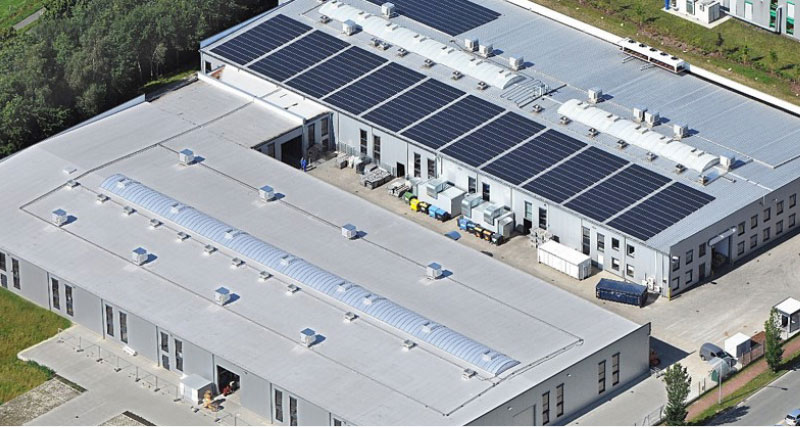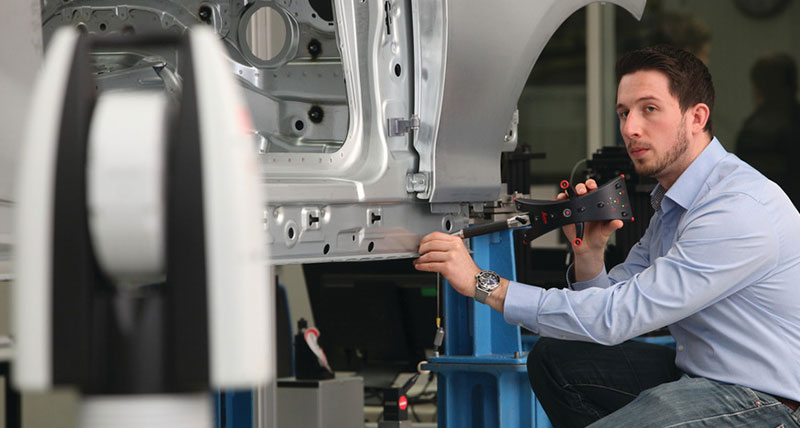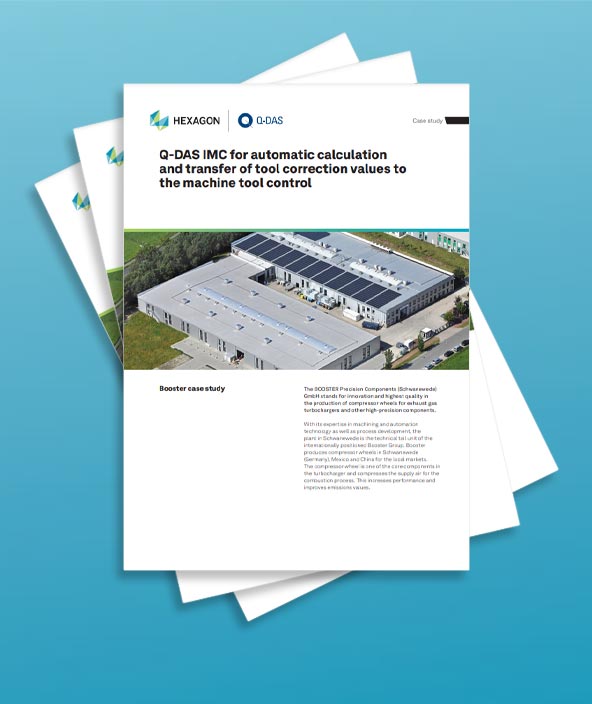Q-DAS IMC for automatic calculation and transfer of tool correction values to the machine tool control
Booster Precision Components (Schwanewede) GmbH - Germany
Contact us

The BOOSTER Precision Components (Schwanewede) GmbH stands for innovation and highest quality in the production of compressor wheels for exhaust gas turbochargers and other high-precision components.
With its expertise in machining and automation technology as well as process development, the plant in Schwanewede is the technical tail unit of the internationally positioned Booster Group. Booster produces compressor wheels in Schwanewede (Germany), Mexico and China for the local markets. The compressor wheel is one of the core components in the turbocharger and compresses the supply air for the combustion process. This increases performance and improves emissions values.Case study
Identifying goals
Overcoming challenges
The already implemented Q-DAS system for continuous qualification and monitoring of the running production has already laid the important basis for the application of Q-DAS IMC: A clean data structure for the transmission of the measurement results with relevant trace information (line, machine, tool, spindle, measuring system, ...) to a direct assignment of relevant feedback information for Q-DAS IMC. Immediate online visualisation of measurement results for over 40 machine tools has been implemented for many years now and is thus the basis for further development.
Based on this visualisation, the tool corrections were previously carried out manually by the operator. With Q-DAS IMC, the adjustment of the process is automated and the fluctuations are reduced. The adjustment is following clear rules.
The existing data flow (measuring system -> existing Q-DAS solution) was only slightly expanded so that the existing measurement data are also used for Q-DAS IMC to calculate the correction values. According to the specified optimisation rule, Q-DAS IMC calculates the tool-specific correction values and introduces them directly to the machine tool’s control system.
The following steps were implemented:
- Separation after measurements for the first piece, tool changes or for serial measurements
- Separation of incorrect measurements
- Tool-specific calculation of values for maximum precision correction via several characteristics
- Automatic transfer of correction values from Q-DAS IMC to the machine tool control system
- Adjustment only if the specified tolerance is exceeded
- Direct “hard” adjustment in case of tool change
- Storage of correction values for documentation purposes
- Connection of 34 machine tools with FANUC control systems
Besides the data flow technical aspects, a deep process knowledge is required to implement Q-DAS IMC to be used optimally. In summary are these:
- Interdependencies of different characteristics
- Effect relationship of tool/feature
- Tool behaviour over the tool life
Realising results
The result after the successful introduction of Q-DAS IMC has exceeded all expectations. Far higher process stability was achieved when machining compressor wheels due to the automated and tool-specific calculation of values for maximum precision correction via several characteristics.
Only for the Q-DAS IMC controlled characteristics is the percentage proportion that meet the required capability index increased. This has led to an additional and increased process stability.
Next steps
The first step has been implemented very successfully with the introduction and connection of Q-DAS IMC in the turning technology on 34 machine tools with FANUC control systems.
With the new version 2 of Q-DAS IMC, it is also possible to connect Siemens control systems, and therefore there is no longer any obstacle to the rollout of 32 additional machine tools in the milling technology.
The process now shows only the effects of tool wear and tool changes as employee-specific and individual decisions are excluded thanks to the automation of Q-DAS IMC. Thus the existing reject rate is reduced by 20%, and approximately 15% of the available working time can be saved because the correction values are now automatically sent to the machine tool. Additionally, significantly fewer measured parts and downtimes are caused by tool change because of the direct adjustment of the process. This equally increases OEE and reduces effort in quality assurance.
Case study key facts
Website: www.booster-precision.com
Industry: Automotive Supplier
Country: Germany
Products used:
- Q-DAS statistical software products
- Q-DAS IMC | Intelligent Machine Control
- Stabilisation of the production process
- Significant increase in process capability requirements Cp/Cpk• Scrap reduction of 20%
- Capacity gain for machine tool operators of 15% by eliminating manual activities, such as tool correction adjustments



